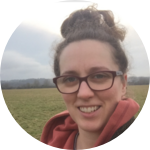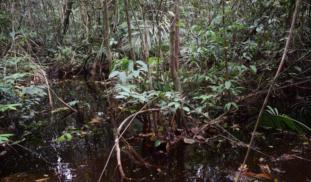Please wait...
About This Project
Climate change and human interference threaten to degrade the world’s largest tropical peatland. No detailed assessment of the human uses of the central Congo Basin swamp forest exists. I will couple a remote sensing study on deforestation with an anthropological study in the Democratic Republic of Congo. I will explore how two communities living on the edge of the peatland forest use these resources and the values and cultural significance that they attribute to this unique ecosystem.
More Lab Notes From This Project

Browse Other Projects on Experiment
Related Projects
Using community science to evaluate the intersection of social, racial, and economic injustices in North Birmingham, AL
Environmental injustices differentially impact low wealth communities of color, and this pattern of inequity...
How are rural communities on the edge of the largest tropical peat swamp forest in the Congo Basin using peat resources?
Climate change and human interference threaten to degrade the world’s largest tropical peatland. No detailed...
How has modernization affected the population of rural Yuzawa, Niigata, Japan?
JP / EN To our knowledge, no literature exists that examines the experiences of the people of Yuzawa or...





